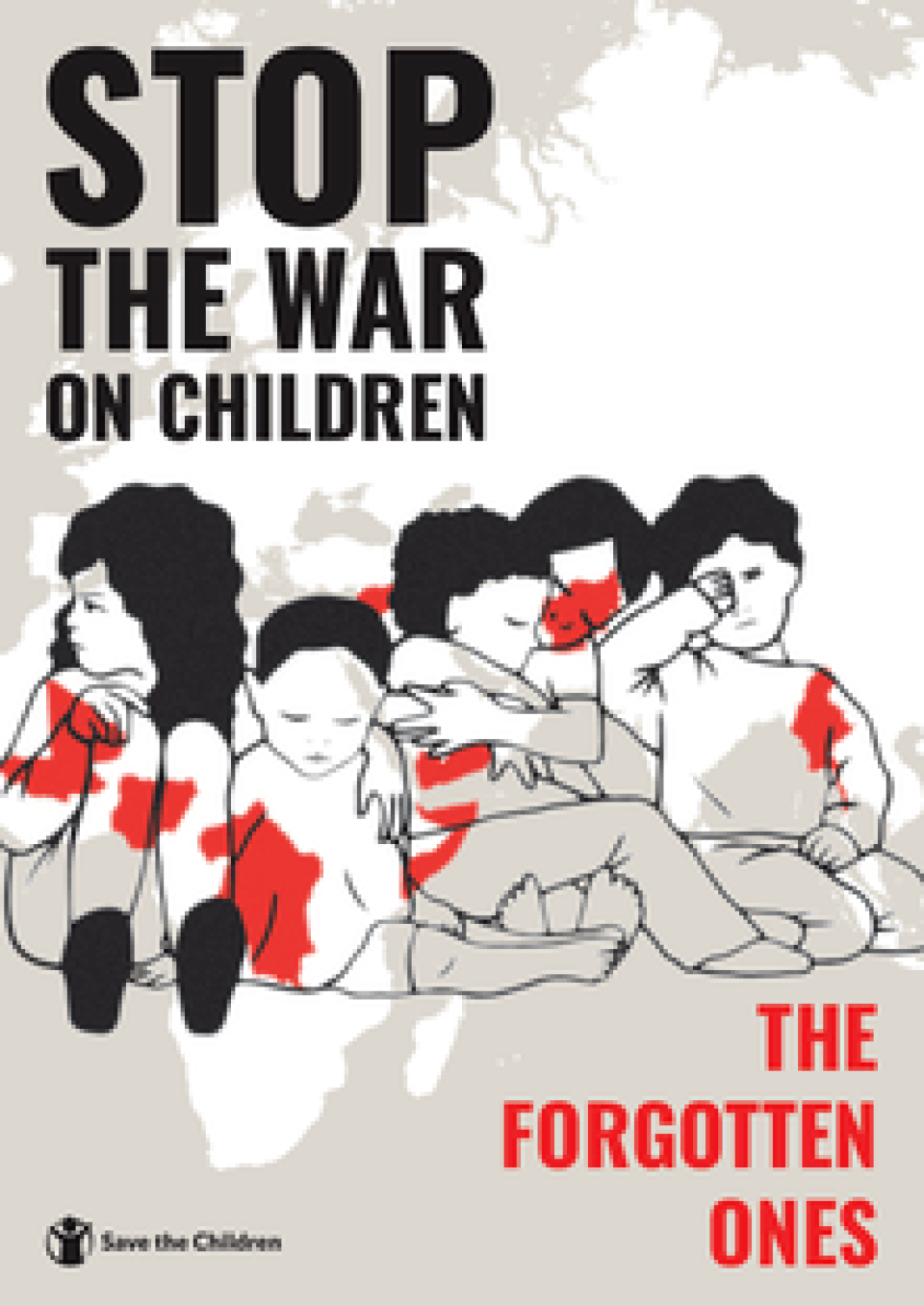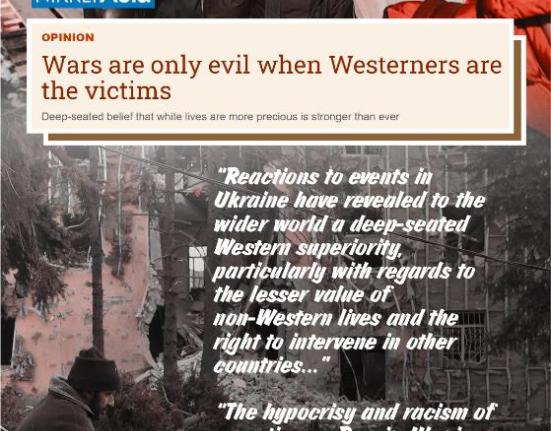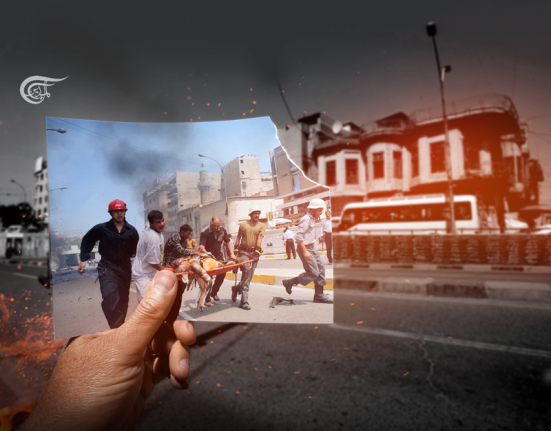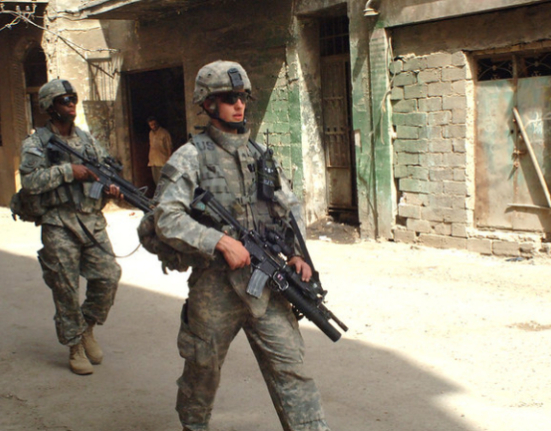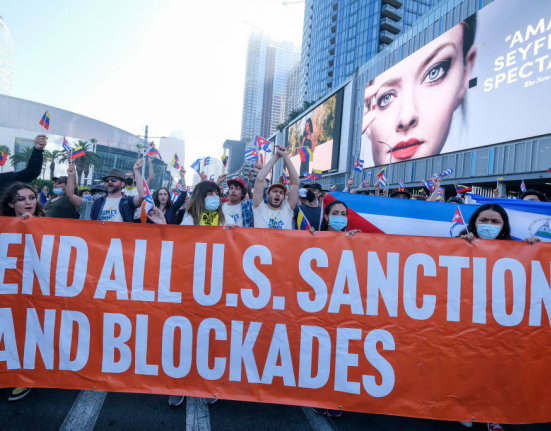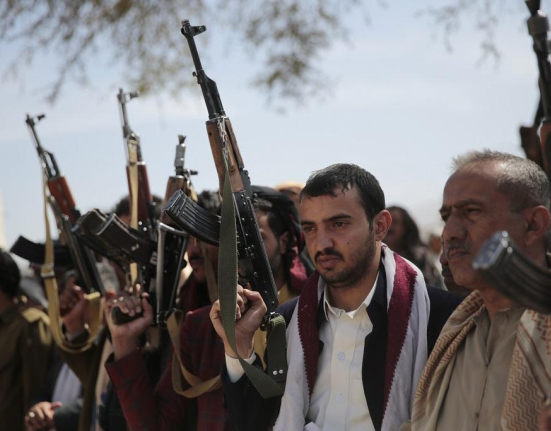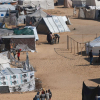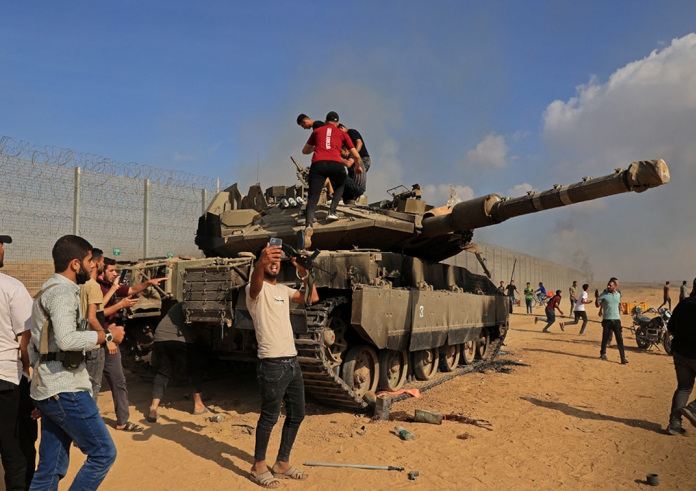by : reliefweb
Number of children living in deadliest war zones jumps nearly 10% in one year
- An average of 22 children a day were killed and maimed in 2021 despite overall drop in grave violations against children
- Escalation of the conflict in Ukraine expected to push number of children caught up in deadliest conflicts to unprecedented highs
- New analysis reveals Ukraine received five times more media coverage in first nine months of 2022 compared to 10 worst conflict-affected countries to be a child in 2021
NAIROBI, 30 November 2022 – More than half of all children living in conflict areas in 2021 – an estimated 230 million – lived in the deadliest war zones,[i] a 9% increase from the previous year, reveals new analysis from Save the Children released during the Africa Conference on Children and Armed Conflicts.
While the recorded number of incidents of killing and maiming in conflict has dropped by about a third since 2018, more than 8,000 children – an average of 22 a day – still died or were maimed in 2021. These numbers are tragically expected to rise in 2022 because of the war in Ukraine.
According to Save the Children’s analysis, Yemen topped the list of 10 worst conflict-affected countries to be a child in 2021. This is based on the number of grave violations recorded, the intensity of the conflict, and the share and number of children growing up with conflict-related violence.
Despite an increase in the number of children living in the most lethal war zones, which saw more than 1,000 battle-related deaths in a year, the overall number of grave violations against children has dropped since 2020, likely due to under-reporting resulting from access restrictions.
Grave violations against children – which include recruitment, abduction, sexual violence, denial of humanitarian access, attacks on schools and hospitals, and killing and maiming – can have a profound impact on their lives ranging from physical to psychological trauma, debilitating or life-altering injuries, and death.
Zaid*, 9, from Yemen lost his leg in a shelling incident when he was playing outside with friends.
“It’s difficult to have no leg. I just stay inside and play with my toys,” said Zaid. “Before I got injured, I used to play football. I used to run and play with my friends, but then the shell hit me.”
Stop the War on Children: The Forgotten Ones also includes an analysis of how media coverage in the 10 worst conflict-affected countries has fared since the war in Ukraine escalated earlier this year.
Media monitoring platform Meltwater found that between 1 January and 30 September 2022, Ukraine received five times more media coverage than all 10 of the worst conflict-affected countries to be a child combined. During that period, Yemen – the worst country to be a child in conflict – had only 2.3% of media coverage compared to Ukraine.
While multiple factors can influence how donors distribute money, funding of Humanitarian Response Plans (HRP) for 2021’s worst conflict-affected countries to be a child were, on average, only 43% funded as of 4 November 2022 – leaving millions of children without access to life-saving essentials like healthcare and food, as well as education and protection services.
As of the 4 November, Syria’s HRP remained only 27.5% funded, while Myanmar’s was only 22.5% funded. Ukraine’s updated appeal, on the other hand, was 68.1% funded.
Inger Ashing, CEO of Save the Children International, said:
“Children don’t cause or start wars, yet there’s no denying they’re the biggest and most vulnerable victims in any conflict. While reported grave violations were down slightly last year, an average of 22 children a day were still maimed or – worst – robbed of their lives. This is only expected to get worse as conflicts in Ukraine and other countries – like Yemen and DRC – rage on.
“The attention on the war in Ukraine has reminded many of us of the brutality of conflict and its horrific impacts on children, but it’s also a lesson in what’s possible when there’s enough collective political and financial will to ensure children get the lifesaving and life-changing help they need.
“The world must continue protecting children from Ukraine, while doing far more to ensure that children in other conflict-affected countries are looked after.”
The report also reveals that:
- About 449 million children worldwide—or 1 in 6—were living in a conflict zone in 2021, a slight drop from the previous year (450 million).
- Africa had the highest overall number of children impacted by conflict (180 million), followed by Asia (152 million), and the Americas (64 million).
- The Middle East was home to the highest proportion of children living in conflict areas, (1 in every 3 children).
- While Europe had the lowest overall number and proportion of children impacted by conflict, those numbers are expected to skyrocket in 2022 due to the escalation of violence in Ukraine.
- Verified incidents of the denial of humanitarian access jumped significantly in the last three years, mostly driven by incidents in Yemen and the occupied Palestinian territories (oPt).
- Among its recommendations, Save the Children is calling on world leaders, donors, members of the UN, and NGOs to protect children by holding perpetrators of these violations to account, ensuring all relevant policies and legal frameworks are ratified and implemented, and prioritising funding for the necessary services to support children impacted by conflict to ensure their recovery and resilience.

